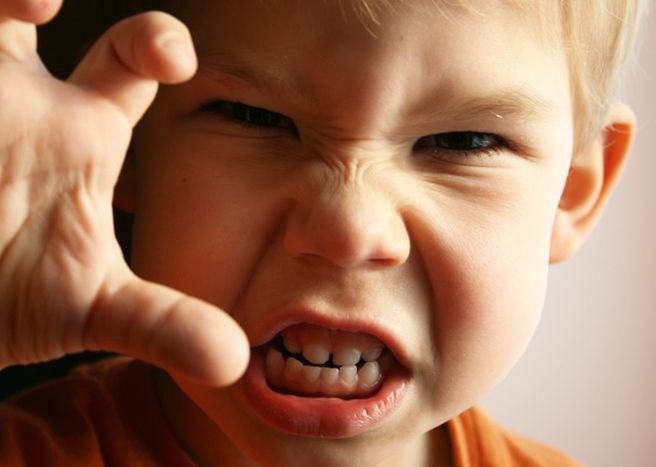The concept and essence of verbal aggression
The interaction of people, namely, transmission of information, exchange of feelings and experiences through verbal contact is called verbal communication. While communicating, people not only share information about a subject, event or phenomenon, they also Express their attitude to it. This is the essence of communication: dialogue participants tend to influence each other, trying to convince their point of view or to invoke specific emotions. Aggressive communicative act in this case is characterized by the fact that the party conversation acts as an aggressor and expresses their thoughts, feelings, emotions through verbal aggression.
Verbal aggression is a way of expressing negative emotions through words. It should be noted that it is a universal tool of communication between people. So, verbal aggression is characterized by negative voice effects. So destructive (destructive) human behavior in which he expresses his attitude to the situation with yelling, insults, swearing or threats refer to verbal aggression.
Verbal aggression is considered antisocial behavior, because it may cause mental disorders and deviations. Often striking manifestations of verbal aggression bordering on physical violence. The causes of aggressive verbal behavior are discontent, disagreement or contradictory relation of man to the current situation.
In General, the goal of the aggressor is attracting attention, obedience to his will, raising self-esteem of the aggressor at the expense of belittling the dignity of the individual opponent. It should be noted that the hidden manifestations of verbal aggression, for example, a joke, an indirect condemnation or accusation, attributed to weak forms of aggression.
Human behavior can be conscious and unconscious, thus, verbal aggression can also be used as an aggressor intentionally and unintentionally. Verbal aggression (crying, hysterical) can be used as a means of manipulating the behavior of the interlocutor. For example, the aggressor tries to evoke pity and sympathy in order to get what you want.
The incidence of verbal aggression
Every day people are faced with aggressive speech: in the store, working environment, transport, on the street. Verbal aggression and expression of hostile emotions can be found even in the family: criticism, reproaches, accusations. Parents should avoid manifestations of verbal aggression, because children internalize these behaviors.
Aggressive communication is common among children and adolescents, particularly orphans and children from incomplete families. Such children are more likely to asocial behavior resulting from psychological trauma. Separation from parents, loss of love and approval lead to a distorted worldview and self-perception of a teenager.
It is known that the level of aggression in adolescents is directly dependent on self-assessment. The desire for leadership and a sense of superiority over others are characterized by well-pronounced speech aggression. Verbal aggression can manifest as a remedy in cases where the adolescent feels insecure and feels animosity.
Verbal aggression need to learn to control, and negative emotions should be transformed into positive. For example, internal stress and negative feelings are encouraged to share sporting, creative and constructive activities. Psychologists recommend not to succumb to provocations of the aggressor and not react reciprocal verbal aggression.
